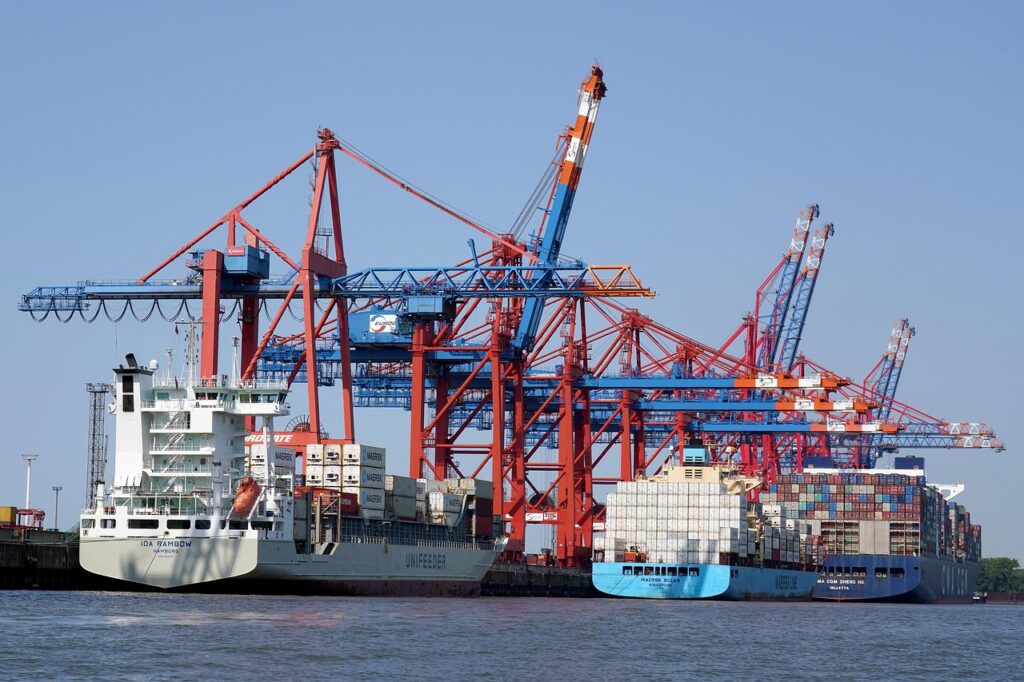China and the Middle East and North African Economies (MENA) top the ranking of the world’s top 15 trade corridors, reported the Monetary Authority of Singapore (MAS).
Other regional blocs highlighted in this list are:
- The Association of Southeast Asian Nations (ASEAN).
- North America (United States, Mexico and Canada).
- Rest of the World (ROW).
- The European Union (EU).
World’s top 15 trade corridors
According to the Monetary Authority of Singapore (MAS), increased trade tensions will have serious effects on the global economy. This is partly due to new tariffs imposed by the United States. In addition, some of its trading partners have already responded with retaliatory measures.
This trade conflict is not minor. The United States is heavily integrated into global trade flows. In fact, it participates in almost a quarter of all trade in the world’s major trade corridors.
After China-MENA, other major trade corridors in the world are: ASEAN-US, China-ASEAN, China-ROW and MENA-MENA.
A trade corridor is a key route for international trade. These routes connect important regions such as the United States, China and the European Union. They also concentrate large volumes of goods and services. Therefore, any change in these corridors impacts the global economy significantly.
Global GDP
The world economy grew 3.2% in 2024. This growth was driven by strong domestic demand in the United States and good export performance in Asia.
In the United States, consumer spending and technology investment sustained economic activity. Meanwhile, in Asia, production and exports benefited from anticipated demand due to possible tariffs.
However, there are already signs of a slowdown. In the United States, consumer confidence fell due to political uncertainty and rising prices. Although durable goods purchases were brought forward, spending on services declined. In addition, business confidence also declined, which could dampen investment.
In Asia, exports grew thanks to advance purchases. However, the technology cycle shows clear differences. Demand for artificial intelligence chips remains strong, but traditional sectors such as automotive are experiencing slower growth.

